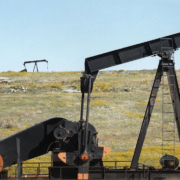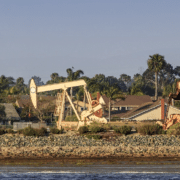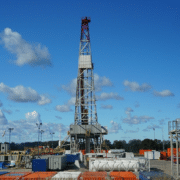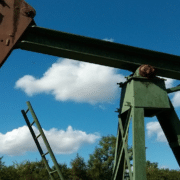Oil and gas ownership has one of the most interesting legal histories in the United States. The United States is one of the only countries that allows for private ownership of minerals found on the earth. Within the state, the laws surrounding mineral rights and oil and gas laws vary greatly between each state. In this article, we are going to outline the essential oil and gas laws to be aware of in the United States.
Who can own oil and gas in the United States?
The term when rights to own oil and gas below the surface of a property is “mineral rights.” In the United States, mineral rights is claimable by private individuals. Moreover by corporations, Indian tribes, or by local, state, or federal governments. The ownership and transfer of oil and gas rights are mainly operated under regional statutes and common law. These both fall beneath constitutional and federal law as well.
Oil and Gas Rights as Property
Over the past 150 years, oil and gas ownership in the United States has diverged into a huge portfolio. For private oil and gas rights today, the mineral rights of a piece of land can be sold, bought, or leased. It is as if they are any other piece of property. Mineral rights or “subsurface rights” is purchasable, sellable, or leasable independently. Moreover together with a property’s surface rights.
Finding Oil and Gas on Public (Federal or State) Property
The General Mining Law in the United States allows individuals and companies to “locate” mining claims on public lands. At the federal level, there is BLM (Bureau of Land Management) land. This is where individuals can explore the area for potentially valuable minerals. An individual does not become the subsurface rights owner of public land. With approval by the federal government, the individual can have access to develop and extract the minerals.
The same system is in place for state-owned land. The specific oil and gas laws surrounding ownership and transfer vary from state to state. For a full list of Mineral Rights Laws by state, see this index page from MineralWeb.










